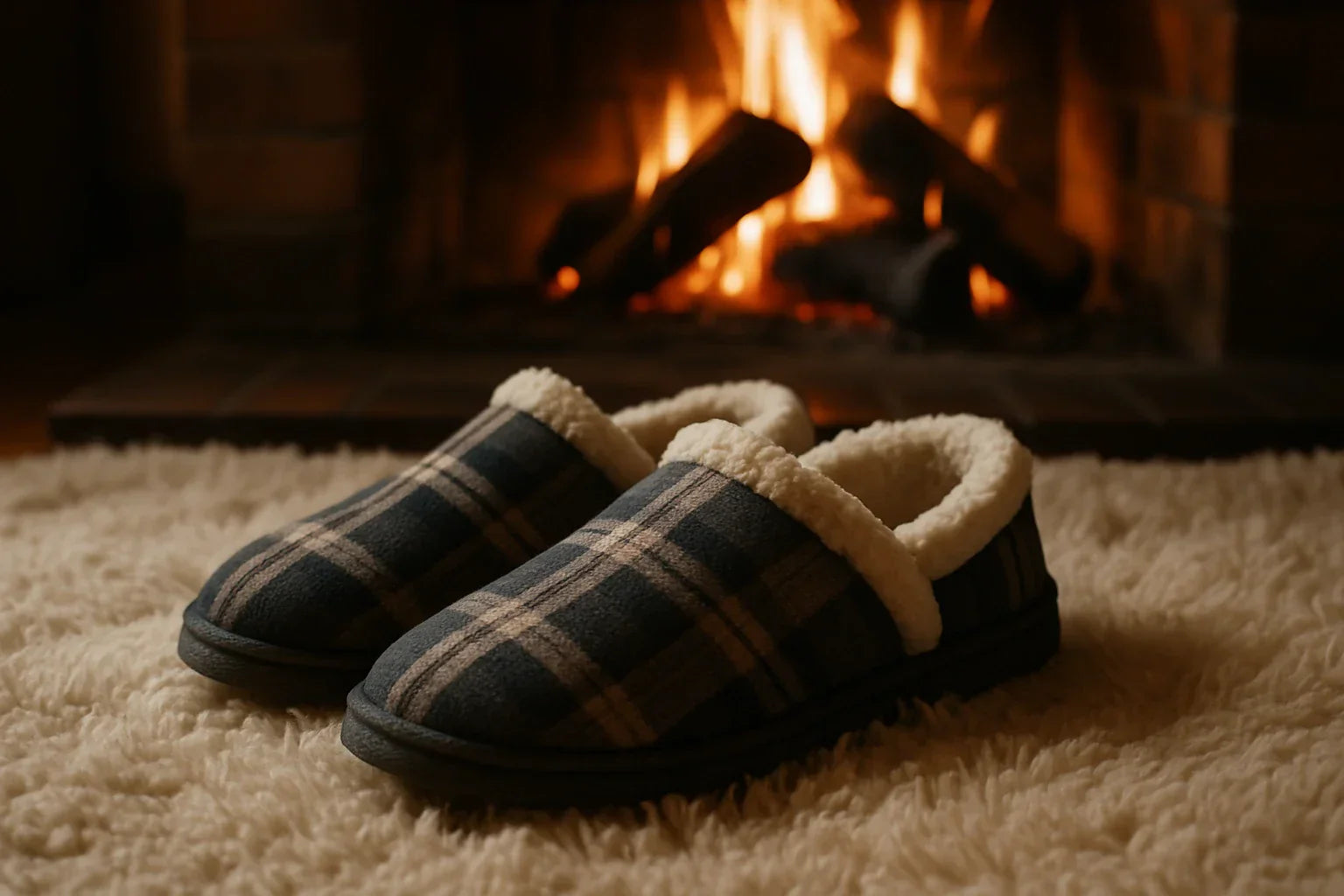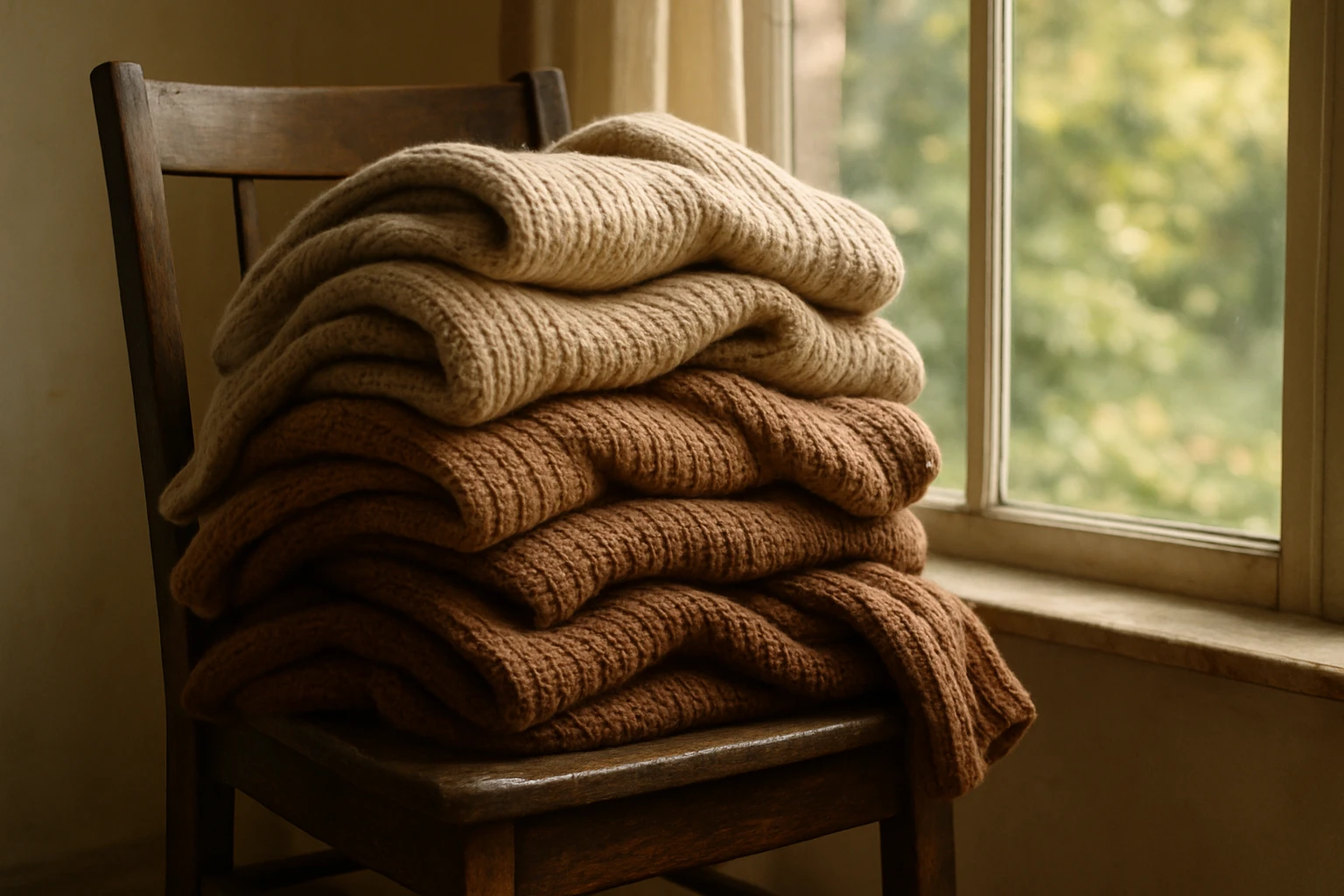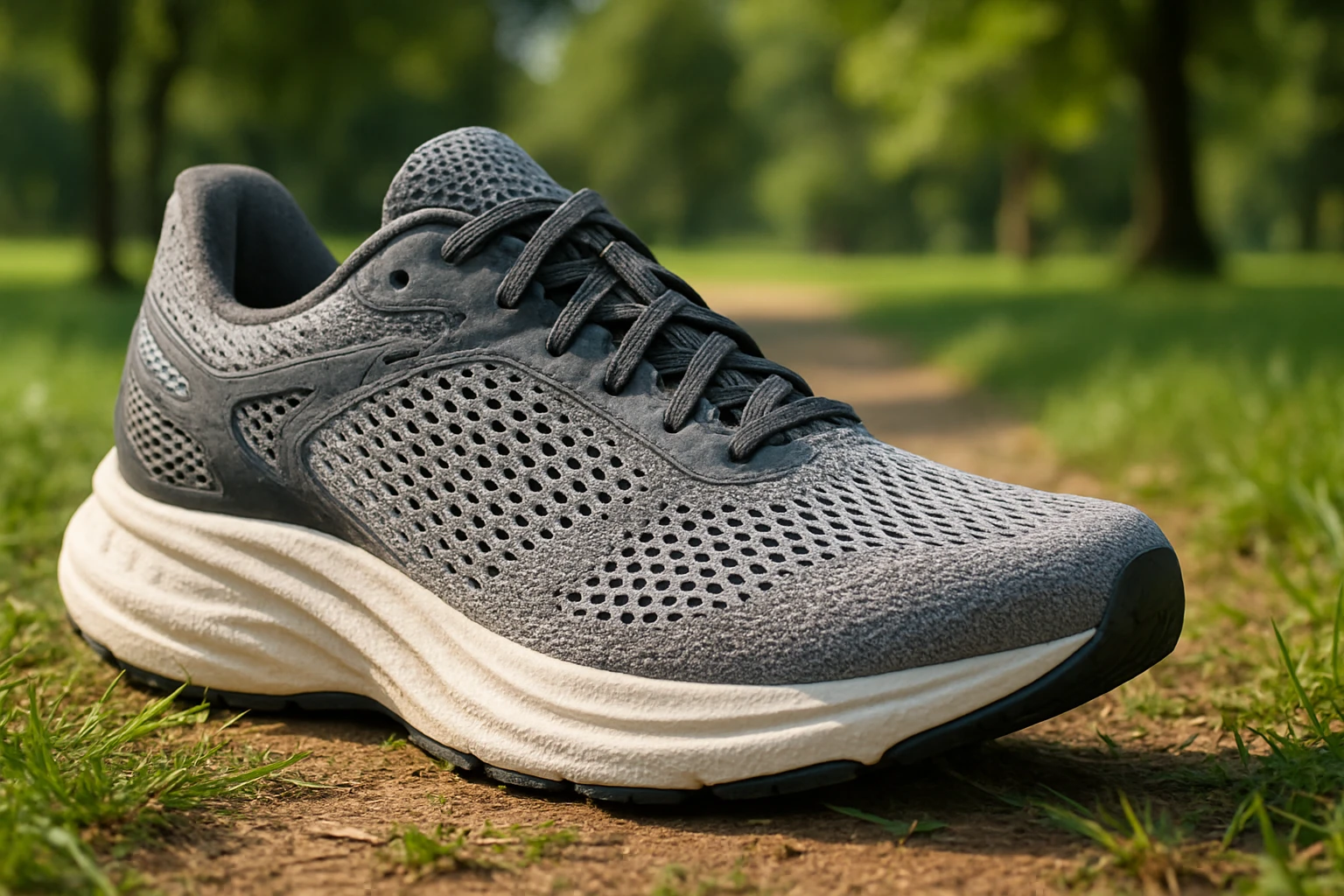Article: Ultimate Guide to Comfortable Apparel: Elevate Your Wardrobe

Ultimate Guide to Comfortable Apparel: Elevate Your Wardrobe
Introduction to the Importance of Comfortable Apparel
The world of fashion is increasingly recognizing that how we feel is just as important as how we look. Comfort has emerged as a dominant factor in consumer preferences, with a recent survey revealing that 68% of Americans describe their favorite garments as both fitting their personal style and being comfortable, outweighing considerations of trend or status The Harris Poll via Axios. This illustrates an ongoing shift: consumers no longer sacrifice ease for aesthetics. As a result, brands that prioritize design features like soft fabrics, adaptive fit, and ergonomic tailoring can significantly boost satisfaction and loyalty.
Moreover, flexible loungewear has gained staying power beyond pandemic restrictions; about 78% of women in the U.S. and Europe still prioritize comfort when selecting at-home attire, with 66% dressing more casually outside the home as well Textile World report via Fashionating World. This enduring preference underscores how crucial it is for manufacturers to adapt materials and silhouettes that cater to both form and function, particularly in the hybrid lifestyle era.
Scientific research further supports these trends. A study in the Journal of Strength & Conditioning Research found that synthetic athletic garments not only improved perceived comfort—reducing movement restriction and abrasion—but also enhanced performance metrics in women during high-intensity activity NSCA Journal. This indicates that comfort-oriented design can deliver tangible benefits beyond feel—boosting endurance, efficiency, and overall wearer experience.
Yet, the concept of wearability extends beyond physical ease: psychological perceptions of clothing also shape wearer satisfaction. Medical research has shown that comfortable fabrics and thoughtful design can influence emotional well-being and even task performance, reinforcing why comfort is a multifaceted consideration for both consumers and designers ScienceDirect on Clothing Comfort. By aligning material properties and aesthetic nuances with wearer psychology, brands can cultivate deeper connections and long-term engagement.
In the following sections, we’ll dive into practical strategies—ranging from fabric selection to inclusive fit design—that empower brands and shoppers alike to elevate their experience with comfortable apparel. By exploring real-world applications and evidence-based insights, this article will guide how to fuse comfort with quality and style seamlessly.
The Importance of Fabric Selection in Comfortable Apparel
Fabric selection is one of the most crucial aspects of designing comfortable apparel. The choice of fabric not only affects the look and feel of the clothing but also determines its breathability, durability, and overall comfort. Different fabrics offer distinct comfort qualities, and understanding these can empower brands to enhance their clothing lines effectively.
Breathability and Moisture Management
A key factor in comfort is breathability, which is the fabric's ability to allow air to circulate and moisture to escape. Natural fibers such as cotton and linen are renowned for their breathability. According to a study by the Hohenstein Institute, these fabrics allow for excellent air circulation, reducing discomfort during warm conditions (Hohenstein Institute).
In contrast, synthetic materials like polyester tend to trap heat and moisture, leading to discomfort. However, modern advancements have led to the development of moisture-wicking synthetic blends that effectively manage perspiration, enhancing comfort in activewear (Textile World).
Softness and Texture
Softness is another critical element influencing the perception of comfort. Fabrics like cashmere and bamboo are celebrated for their exceptional softness. These materials are not only gentle on the skin but also hypoallergenic, making them ideal for individuals with sensitive skin. The use of such fabrics in everyday wear has been shown to increase customer satisfaction significantly.
Durability and Longevity
Durability is an essential consideration for both consumers and brands focusing on sustainable fashion. High-quality, durable fabrics ensure that the apparel lasts longer, which is aligned with the growing consumer demand for environmentally friendly products. Wool and denim are prime examples of durable fabrics that maintain their integrity over time while providing comfort.
By considering these aspects of fabric selection, brands can create comfortable apparel that meets the diverse needs of consumers. The integration of breathable, soft, and durable fabrics enables companies to offer products that not only please customers aesthetically but also perform practically in everyday wear scenarios. This approach helps bridge the gap between comfort and style, ultimately fostering greater customer loyalty and brand success.

A cozy scene featuring a pile of soft, oversized knit sweaters in earthy tones, draped casually over a rustic wooden chair by a sunlit window overlooking a tranquil garden.
The Science Behind Comfortable Apparel
As the demand for comfortable apparel continues to rise, understanding the science behind comfort is crucial. This involves more than soft fabrics; it's about how materials interact with the body to provide both physical and psychological ease. A study from the National Center for Biotechnology Information highlights that garments designed with ergonomic features can significantly reduce discomfort, offering not just pleasure but also enhancing productivity.
Fabric Technology and Innovation
In recent years, fabric technology has advanced rapidly, introducing innovations such as moisture-wicking and thermoregulation. These technologies become vital when considering how apparel interacts with the body's natural processes. For example, moisture-wicking fabrics pull sweat away from the skin, keeping it dry and comfortable during high-intensity activities. Brands like Under Armour have mastered this technology, providing athletes with apparel that enhances performance by maintaining optimal body temperature.
Materials That Revolutionize Comfort
The materials used in comfortable apparel play a critical role in the experience they offer. Natural fibers like cotton are cherished for their breathability and softness. However, blends incorporating synthetic fibers such as spandex provide elasticity, allowing clothing to move effortlessly with the body. This flexibility is especially important in activewear, where ease of movement can impact overall effectiveness and comfort. According to a Textile World article, the combination of these materials helps create garments that adapt to diverse conditions, ensuring consistent comfort.
Importance of Fit and Design
A critical aspect of comfortable apparel lies in its fit and design. Loose-fitting clothes allow for better air circulation and are often preferred for casual or leisure wear. However, fitted garments provide the necessary support and reduce friction against the skin, which is vital during physical activities. The trend towards customizability in apparel design is a testament to the growing recognition of individual comfort. Companies are increasingly offering tailored solutions to meet the unique needs of each wearer, embracing diversity in body shapes and preferences. This approach not only enhances comfort but also fosters inclusivity in fashion.
Ultimately, the evolution of comfortable apparel is a harmonious blend of science, technology, and design, striving to meet the dynamic needs of modern lifestyles. As research continues to advance, we can expect even greater innovations in this ever-evolving field, ensuring that comfort remains at the forefront of apparel development.
The Role of Fabrics in Comfortable Apparel
The choice of fabric is a critical factor in designing comfortable apparel. From natural fibers like cotton and wool to advanced synthetic blends, each material offers unique benefits that contribute to wearability and comfort. Cotton, for instance, is highly breathable and absorbent, making it a popular choice for everyday wear. Its versatility is evident in everything from t-shirts to high-fashion pieces, ensuring that consumers have options that fit both their style and comfort needs.
On the innovative edge, companies are exploring new materials that enhance comfort while promoting sustainability. For example, bamboo fibers are gaining popularity due to their soft texture and natural moisture-wicking properties. Brands like Boody have capitalized on this by creating apparel that meets eco-friendly standards without compromising comfort (Boody Official).
Technological Advancements in Fabrics
Modern technology plays a significant role in transforming the landscape of comfortable apparel. The integration of smart textiles, which incorporate conductive fibers capable of monitoring body temperature and adapting to environmental changes, represents a leap forward. This innovation ensures that wearers remain comfortable in varying conditions. Research from ResearchGate highlights how such textiles are being developed for both sportswear and casual clothing, providing personalized comfort that dynamically adjusts throughout the day.
Furthermore, 3D knitting technology allows for seamless garment production, reducing waste while enhancing the comfort of clothing. Companies like Ministry of Supply have harnessed this technology to create garments that move naturally with the body while offering exceptional breathability (Ministry of Supply).
Case Study: Athleisure
One notable sector driving the comfortable apparel trend is athleisure. This fashion phenomenon bridges the gap between athletic wear and everyday clothing, emphasizing both style and functionality. Brands like Lululemon have led the charge by offering products that are suitable for the gym and social settings, reinforcing the idea that comfort and style are not mutually exclusive.
The success of athleisure can be attributed to the strategic use of performance fabrics that offer stretch, durability, and breathability. These elements cater to the demands of active lifestyles while ensuring comfort. A report by Fashion Unitedindicates that this segment continues to grow, propelled by consumer preference for versatile, comfortable apparel that matches their dynamic routines.

A close-up of a cushioned running shoe with advanced mesh fabric, placed on a grassy park trail, highlighting the shoe's flexibility and breathability under natural sunlight.
Conclusion
As we've explored, the world of comfortable apparel is rich with possibilities and innovations. From high-tech materials that adapt to environmental changes to designs that balance form and function, the importance of comfort in apparel cannot be overstated. This journey into the realm of attire prioritizes physical ease while capturing personal style.
One actionable takeaway is to prioritize breathability and flexibility when selecting garments. Many brands now offer collections that emphasize these features, ensuring that wearers remain comfortable throughout their daily activities. Additionally, investing in apparel made from sustainable materials not only supports environmental efforts but often enhances comfort due to the inherent properties of these fabrics. For instance, organic cotton and bamboo are known for their softness and skin-friendly attributes.
It's also vital for brands to stay updated with consumer preferences by conducting regular market studies. For example, a 2022 report by Statista highlighted that 56% of consumers in the U.S. prefer comfortable clothing in their wardrobes. This data underscores the growing trend and justifies a focus on comfort-centric design philosophies.
For consumers seeking to elevate their wardrobe, consider integrating versatile pieces that serve various functions. Apparel that transitions seamlessly from work to casual settings reflects the modern need for adaptability. Brands like Athleta and Lululemon lead by example by offering lines that move with ease between different lifestyle activities.
Your next step towards embracing comfortable apparel could involve exploring retail options that personalize the shopping experience. Technology now allows for hassle-free virtual fittings and tailored recommendations based on previous purchases and preferences. Engaging with brands that utilize these innovations can significantly enrich the user experience.
To encapsulate, comfortable apparel is more than just a trend—it's a lifestyle choice that prioritizes well-being and personal satisfaction. Whether you're an industry professional or a style-conscious individual, the path to comfort is paved with thoughtful choices and mindful investments. So, begin your exploration today and transform your wardrobe to better suit your lifestyle and comfort needs.

